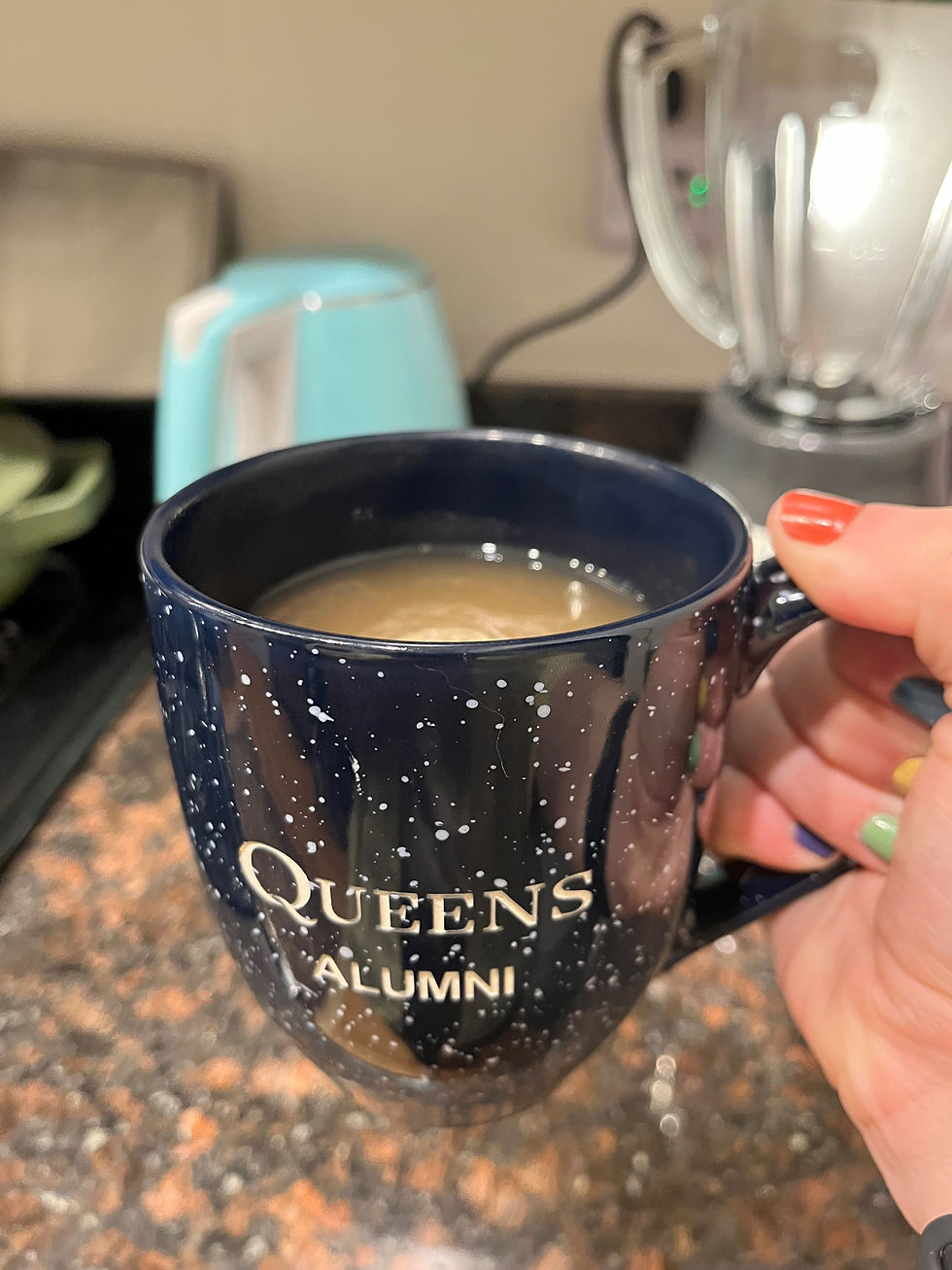Carnatic Music and Music Therapy
- Harmonic Changes Therapy Services

- May 27, 2022
- 3 min read
Updated: Mar 14, 2023
What is Carnatic Music?
Carnatic Music is a form of Indian Classical music with origins in Southern India. The earliest forms of Carnatic Music date back to ritual hymns and Vedic chants from the Iron age of 1500 BC and 600 BC. These hymns and Vedic chants transformed into what is now today Carnatic Music. Students of Carnatic Music are commonly trained in the art form from the age of 4 or 5 under a Guru (teacher). There are also online resources such as Acharya.net where one can pay a monthly subscription and learn from tutorials made by Carnatic professionals.
Carnatic Music is built on the system of ragas. Raga’s influence on human moods can be explained through the study of Raga Chikitsa. Raga Chikitsa actually translates to music therapy! Raga Chikitsa is the method of healing diseases through ragas (melodic scales). There are several studies that have explained the roles of ragas and their applications towards improving human health.
The Basics
Ragas- Ragas are defined as melodic scales and/or a set of characteristic melodic phrases.
Swaras- Swaras roughly correspond to the twelve notes of the Western-music scale.
Gamakas- Gamakas are the micro-tonal adjustments/oscillations to pitch values
Tanpura- Tanpura is a drone instrument. It provides the base note for the singer creating an ambience on stage.
Tala- Tala is a metric cycle with a specific number of beats. The Carnatic Musician uses tala to keep the rhythm of the musical piece.
There are 72 ragas in Carnatic Music. Each raga has its own unique set of swaras and gamakas. Each raga creates a certain mood and emotion in the singer as well as the audience.
An Example of A Raga in Carnatic Music
Maya-malava-gowla
Maya-malava-gowla is the 15th raga out of 72.
Aarohanam (Ascending): S R1 G3 M1 P D1 N3 S
Avarohanam (Descending) : S’ N3 D1 P M1 G3 R1 S
Adi Talam: 8 beat metric cycle
•Maya-malava-gowla is the first raga that is taught to a Carnatic Student because it is a symmetrical scale (meaning that its ascending and descending pattern has the same amount of notes).
•This Raga is usually best when sung and practiced in the morning. It can evoke emotions of peace, harmony, and maybe even hints of melancholy or sadness.
Carnatic Music Ragas and Their Role in Music Therapy
Raga Chikitsa is an ancient tradition for curing diseases by using Ragas. It has reported improvement in emotion, and sensorimotor functions in patients diagnosed with schizophrenia. It also improves cognitive functions such as memory, attention and focus.
Ragas Sankarabaranam & Madhyamavati increase frontal theta activity (positive emotions evoked through music). The practice of swaras in Sankarabaranam yielded positive results in preschool children (i.e. communication skills and social-emotional development).
The Impact of Carnatic Music Therapy Interventions on a Patient diagnosed with Schizophrenia (A Case Study)
This case study was about a 20 year old female client diagnosed with schizophrenia. The Music Therapist was trained in Carnatic Music and implemented Carnatic interventions over the span of eight years in four phases. These interventions encouraged and increased…
Communication skills, emotional regulation, social awareness, creativity and self expression. Before treatment the client experienced social exclusion, trouble with cognitive function and hallucinations. After treatment the client experienced improved social interaction with the MT and peers. She had enhanced self esteem due to autonomy and leadership skills. Lastly she was able to be creative and develop improvisational skills.
Carnatic Music therapy can be used amongst a variety of populations ranging from younger children to older adults. Ragas, songs, and improvisation can be used to meet the client emotionally and mentally. This repertoire yields a wild variety of possibilities in the field of music therapy and I look forward to expanding my knowledge.
References
Hegde, S. (2017). Music therapy for mental disorder and mental health: the untapped potential of Indian classical music. BJPsych international, 14(2), 31-33.
Janaswamy, R., & Vasudev, S. K. (2020). Carnatic Music Ragas and Their Role in Music Therapy. International Journal of Humanities and Social Sciences, 14(12), 1286-1291.
Ravi, M., & Chakravarty, R. (2021). IMPACT OF CARNATIC MUSIC THERAPY INTERVENTION ON A PATIENT WITH SCHIZOPHRENIA–A CASE REPORT. International Journal of Alternative and Complementary Medicine, 33-39.
Priyadarsini, A. C. Carnatic Music Therapy for Management of Depression and Enhancement of S?.,elf-Esteem. Bharti Publications, 63.








Kommentarer